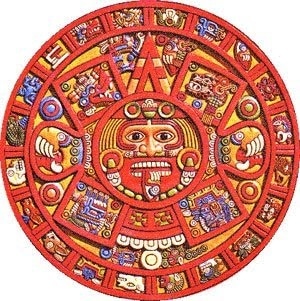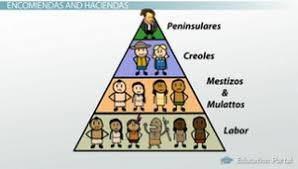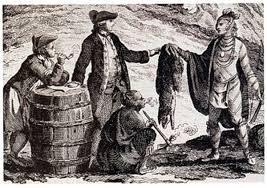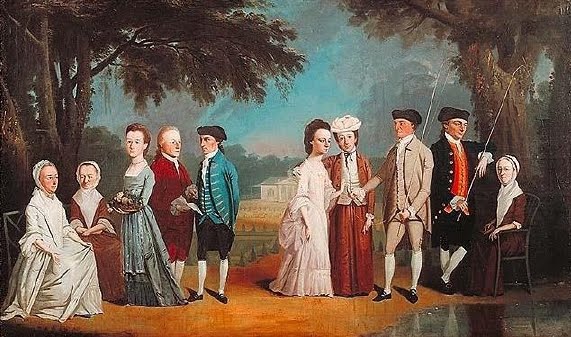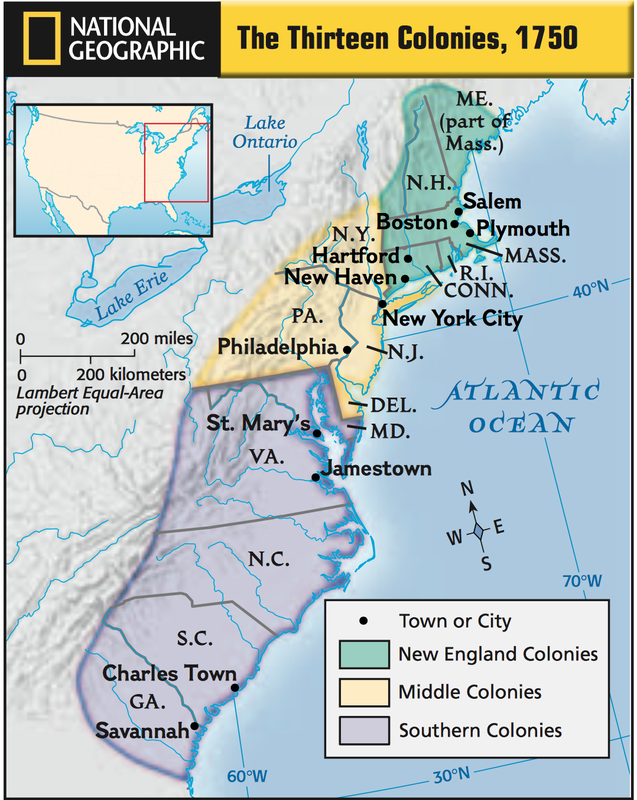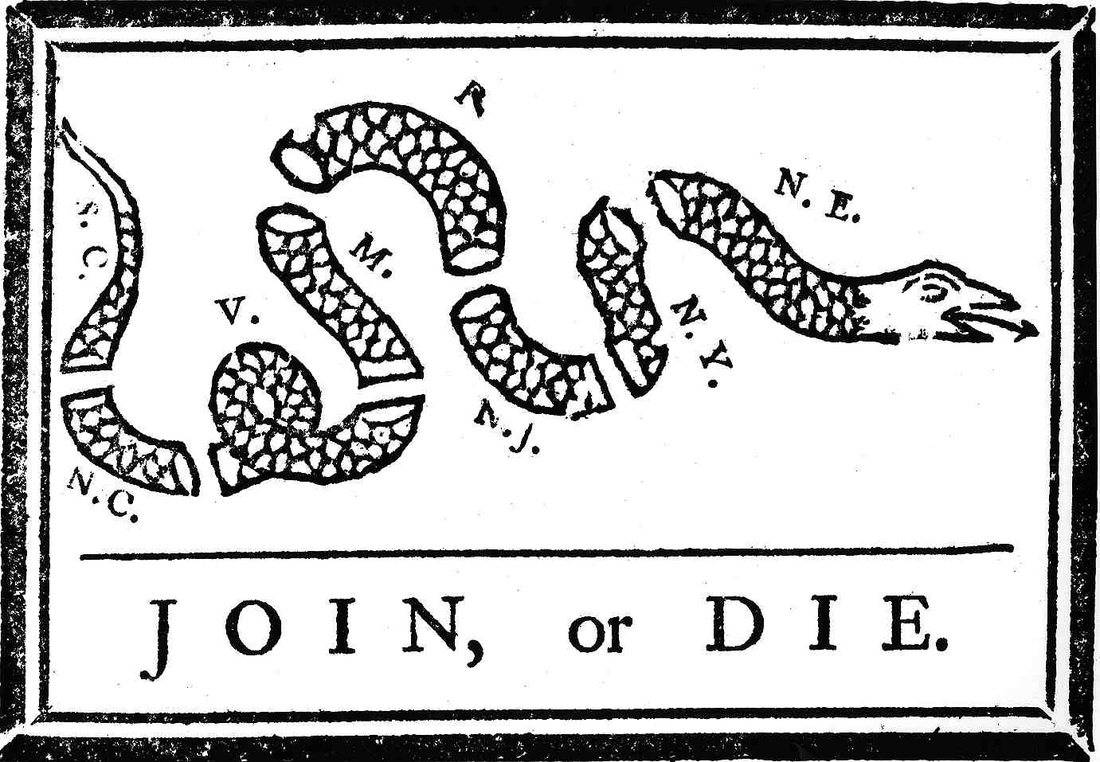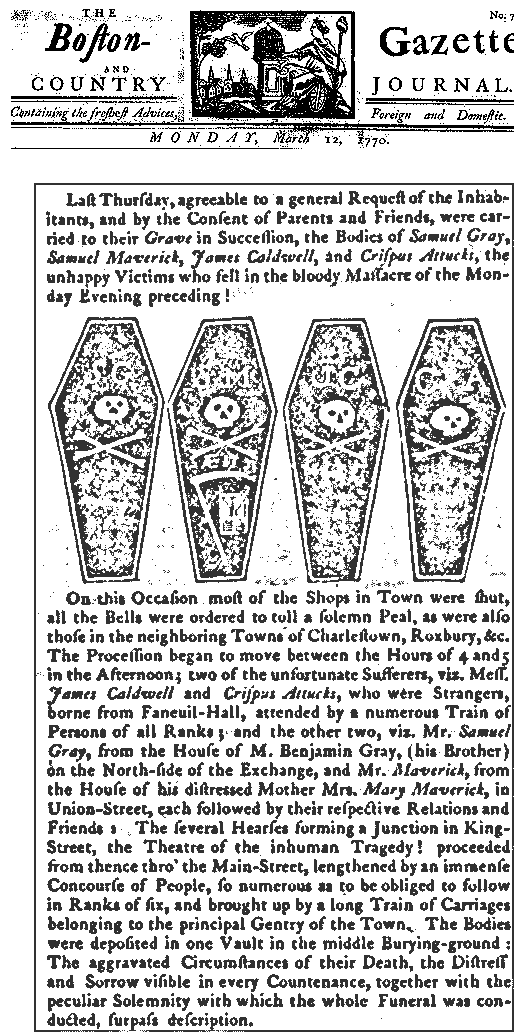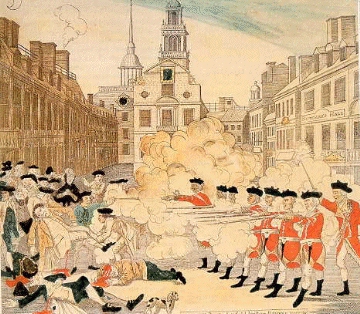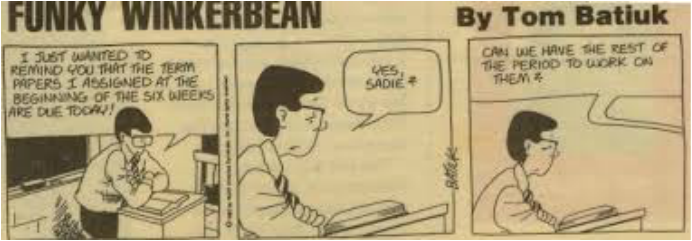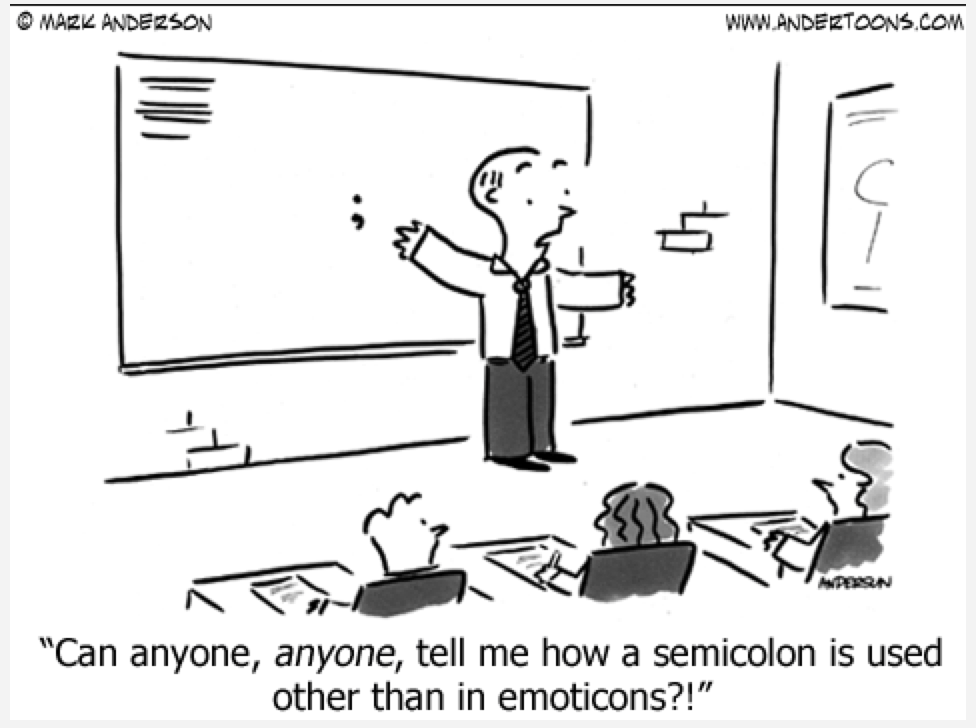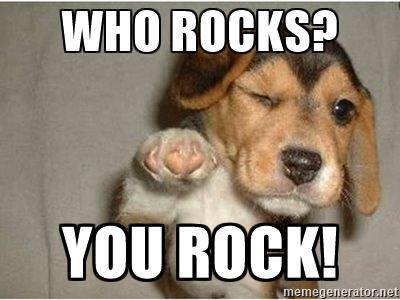Unit 1: Period 1: 1491–1607
THREE WORLDS meet
First Marking Period US History i
Things you need to do the FIRST WEEK of class:
1. Get a 1 inch, 3 ring binder. THIS IS REQUIRED. You will have difficulty passing this class without it.
2. Print out the parent letter on the homepage of this website, have your parent (s) or guardian(s) sign it and make it the FIRST PAGE of your notes.
3. Log into the US I section of TURNITIN.
4. Take a BLANK loose-leaf page and write your MLA heading on it; write the words TABLE OF CONTENTS where the title would be and make it the second page of your binder. Each time you add an assignment, log it into this page.
5. Read chapter 1 (click on the button below).
6. Answer the reading checks that you find as you read the chapter. Write the answers in your binder (Don't forget to log this into your table of contents).
7, In the section assessments, complete #1- DEFINE and #2- IDENTIFY. Write the answers in your binder.
8. online registration instructionsGo to the following web address and click the “register now” button.
https://connect.mheducation.com/class/m-tuttle-honors-us-history-i
1. Get a 1 inch, 3 ring binder. THIS IS REQUIRED. You will have difficulty passing this class without it.
2. Print out the parent letter on the homepage of this website, have your parent (s) or guardian(s) sign it and make it the FIRST PAGE of your notes.
3. Log into the US I section of TURNITIN.
4. Take a BLANK loose-leaf page and write your MLA heading on it; write the words TABLE OF CONTENTS where the title would be and make it the second page of your binder. Each time you add an assignment, log it into this page.
5. Read chapter 1 (click on the button below).
6. Answer the reading checks that you find as you read the chapter. Write the answers in your binder (Don't forget to log this into your table of contents).
7, In the section assessments, complete #1- DEFINE and #2- IDENTIFY. Write the answers in your binder.
8. online registration instructionsGo to the following web address and click the “register now” button.
https://connect.mheducation.com/class/m-tuttle-honors-us-history-i
| |||||||||||||||||||||||||
| 1.0_-_native_american_cultures_1491-1607.pptx | |
| File Size: | 20228 kb |
| File Type: | pptx |
| graphic_organizer_-_native_american_cultures.pdf | |
| File Size: | 288 kb |
| File Type: | |
| lecture_notes_-_native_american_cultures.docx | |
| File Size: | 134 kb |
| File Type: | docx |
First Week Lecture: Contextualizing Period 1
Continuity and Change
Converging Cultures
Please read Chapter 1 Starting on the first day of school.
Your first assignment is to complete the READING CHECK questions that are found as you read the text. Then, complete the first two prompts in the section assessment (define and identify).
Your first assignment is to complete the READING CHECK questions that are found as you read the text. Then, complete the first two prompts in the section assessment (define and identify).
Study Guide.
What is the Columbian Exchange
What products came from the New World?
Which came from Europe?
What was a disease that decimated the native Americans?
Why do people (or any organism) move from one location to another? How did people from England have different reasons for coming to the Americas? Why did people generally go to the southern colonies? Northern colonies?
What is the Columbian Exchange
What products came from the New World?
Which came from Europe?
What was a disease that decimated the native Americans?
Why do people (or any organism) move from one location to another? How did people from England have different reasons for coming to the Americas? Why did people generally go to the southern colonies? Northern colonies?
| columbian_exchange.ppt | |
| File Size: | 4004 kb |
| File Type: | ppt |
Monday - Sept. 7- Chapter 1 binder check
Please have a 1 inch binder by today!
Please have a 1 inch binder by today!
Early Colonies*
|
Please read Chapter 2.
Your assignment is to complete the READING CHECK questions that are found as you read the text. Then, complete the first two prompts in the section assessment (define and identify).
What is the encomienda system?
What ideas did Bartolome de las Casas have? Compare that to the ideas of Juan Sepulveda. In what way did the Colonies of Spain, Differ from those of France and Holland. How were those set apart from the English style of colonization?
| |||||||||||||
|
*Top - Encomienda system chart
Center- French trading with Indians Bottom Painting shown: 1770 Henry Benbridge (American colonial era artist, 1743-1812). The Tannatt Family.http://b-womeninamericanhistory18.blogspot.com/2013/06/paintings-of-18th-century-american.html Use The Interactive PPT to check your answers on the Colonial Chart in "Notes for English Colonies"
|
| ||||||||||||||||||||||||||||||||||||
Chapter 2.2 and 2.3 Quiz/Test = quest
Study Key Terms, Key Facts and Reading Checks!!
week 3- Notes on Chapter 2.3 New England
Current Events Assignment
Due Monday September 25th.
See the "HOW TO" tab for directions!
|
| ||||||||||||||||||||||||
week 4- Notes on chapter 2.4 The Middle and Southern Colonies
Chapter 2.4 quiz September 29th
The ideas of the enlightenment writers were read by the intellectual elite of the colonies and spread to all. They were heavily influenced buy these writers, particularly Locke.
dictionary.cambridge.org/us/pronunciation/english/mercantilism How to pronounce mercantilism noun in British English US How to pronounce mercantilism noun in American English
AMELIA'S SONG
Ah wakuh muh monuh kambay yah lee luh lay tambay Ah wakuh muh monuh kambay yah lee luh lay kah. Ha suh wileego seehai yuh gbangah lilly Ha suh wileego dwelin duh kwen Ha suh wileego seehi uh kwendaiyah. Everyone come together, let us work hard; the grave is not yet finished; let his heart be perfectly at peace. Everyone come together, let us work hard: the grave is not yet finished; let his heart be at peace at once. Sudden death commands everyone's attention, like a firing gun. Sudden death commands everyone's attention, oh elders, oh heads of family Sudden death commands everyone's attention, like a distant drum beat. (translated by Tazieff Koroma, Edward Benya and Joseph Opala |
Sept. – Colonial Regions
Study Guide. The Columbian Exchange What products came from the New World? Which came from Europe? What was a disease that decimated the native Americans? Reasons for establishing colonies by Spanish, French Dutch and English. Roanoke was the Lost Colony The Virginia Company was issued a charter under King James and founded Jamestown. The Starving Time Tobacco as a cash crop Why the Virginia Company lost its charter and became a Royal Colony. Early Colonies You should know: What TWO reasons led people to settle in the Colonies. How did the reasons differ in the North and South. I. The Effect of Geography on America A. Colonies 1. Colony: A territory or possession of another country that has limited self government (autonomy). 2. Nations claimed colonies to enhance the power and wealth 3. In the process of gaining colonies native cultures were often destroyed. B. Why thirteen colonies? 1. Because colonies were applied for. You had to have a "charter" (a document of permission) from the King. 2. Separating them made good political sense and provided for smaller more manageable governments. 3. Geography, the sheer size of the territory, made division necessary. C. Who ran the colonies? 1. Governors who were chosen by the King. 2. Locally elected legislatures.
1. Religious persecution, economic opportunity. E. The Effect of Geography 1. Became a nation of farmers and traders. 2. Geography made it difficult to govern.The King really left the colonies alone, this policy was called "Salutary Neglect." 3. The colonists developed, by necessity, limited self-government. 4. Eventually saw themselves as different, a breed apart. . Contributed to the revolution. | ||||||||||||||||||||||||||||||||||||
Essay Question: Are there any ORAL TRADITIONS in your family? Write about it.
Start with some context of how you experienced it OR the time period that produced it.
THEN, in one sentence, say the most important thing about your oral tradition.
Support your idea about what is important about it in the body of your essay.
Start with some context of how you experienced it OR the time period that produced it.
THEN, in one sentence, say the most important thing about your oral tradition.
Support your idea about what is important about it in the body of your essay.
Week 5 October- READ chapter three and complete the reading checks
You should know:
Cash Crop
Plantation
Indentured Sevant
Gentry
Yeoman
Planter
Subsistence Farming
Middle Passage
Slave code
Mercantilism
The Glorious Revolution
Cash Crop
Plantation
Indentured Sevant
Gentry
Yeoman
Planter
Subsistence Farming
Middle Passage
Slave code
Mercantilism
The Glorious Revolution
The First Great Awakening was a revival that swept Protestantism in the British colonies and changed the fabric of religion in early America. The revival took place in the mid-18th century and was a reaction to the logic and reasoning of the Enlightenment. First Great Awakening APUSH questions will require you to know the leaders of this movement and how the movement affected religion and everyday life in the colonies.
What is the First Great Awakening?Protestant ministers in the 1730s began to push back against the cerebral nature of religion, which dictated what faith looked like in the colonies. Tradition, hierarchy, and careful study of doctrine marked the quiet, modest practices of colonial Protestants, but fiery ministers like Jonathan Edwards and George Whitefield began to preach a more personal, emotional religion. They held open-air sermons across the colonies, attracting thousands of believers with their intensely spirited words and ideas.
The result was the First Great Awakening, an era of great change for religion in America. Christian Protestants began to reflect on the spirituality of everyday life and contemplated a deep, direct connection to their God, where previously the connection was seen to be between the church leaders and the deity. Because of its deeply personal nature, and an influx of new ideas about faith, the First Great Awakening sparked many rifts between religious groups, and thus this was a period when many new denominations were born among Methodists, Baptists, and Presbyterians. Some categorized the division between “old lights” and “new lights,” with the old lights being those adherents to the more traditional, unemotional faith, and the new lights being the subscribers to the new passionate and personal religiosity.
Important years to note for the First Great Awakening:
What are some historical people and events related to the First Great Awakening?
What is the First Great Awakening?Protestant ministers in the 1730s began to push back against the cerebral nature of religion, which dictated what faith looked like in the colonies. Tradition, hierarchy, and careful study of doctrine marked the quiet, modest practices of colonial Protestants, but fiery ministers like Jonathan Edwards and George Whitefield began to preach a more personal, emotional religion. They held open-air sermons across the colonies, attracting thousands of believers with their intensely spirited words and ideas.
The result was the First Great Awakening, an era of great change for religion in America. Christian Protestants began to reflect on the spirituality of everyday life and contemplated a deep, direct connection to their God, where previously the connection was seen to be between the church leaders and the deity. Because of its deeply personal nature, and an influx of new ideas about faith, the First Great Awakening sparked many rifts between religious groups, and thus this was a period when many new denominations were born among Methodists, Baptists, and Presbyterians. Some categorized the division between “old lights” and “new lights,” with the old lights being those adherents to the more traditional, unemotional faith, and the new lights being the subscribers to the new passionate and personal religiosity.
Important years to note for the First Great Awakening:
- 1740: George Whitefield travels to America
- 1741: Jonathan Edwards delivers his famous sermon, “Sinners in the Hands of an Angry God” in Enfield, Connecticut
What are some historical people and events related to the First Great Awakening?
- George Whitefield: An English Anglican minister who toured the colonies, helping to spread the spiritual revival
- Jonathan Edwards: An American preacher who is credited with sparking the revival at his Massachusetts church in the 1730s
- Samuel Davies: A Virginia Presbyterian evangelist who converted slaves and promoted their education so that they could read the Bible
Road to the Revolution
You should be able to explain:
What events led People to feel less connected to the British Crown.
HOW DID THE FRENCH AND INDIAN WAR SOW THE SEEDS OF DISCONTENT?
HOW DID THE AMERICAN REVOLUTION BEGIN?
Mercantilism
Proclamation of 1763
Intolerable Acts
Boston Massacre
Declaration of Independence
You should be able to explain:
What events led People to feel less connected to the British Crown.
HOW DID THE FRENCH AND INDIAN WAR SOW THE SEEDS OF DISCONTENT?
HOW DID THE AMERICAN REVOLUTION BEGIN?
Mercantilism
Proclamation of 1763
Intolerable Acts
Boston Massacre
Declaration of Independence
-Week 7 Read Chapter 4 and complete the Reading checks
| seven_years_war.ppt | |
| File Size: | 2279 kb |
| File Type: | ppt |
Please read Chapter 4 and complete the READING CHECK questions that are found as you read the text. Then, complete the first two prompts in the section assessments (define and identify).
Read the Proclamation of 1763 and George Washington's letter to William Crawford. Construct a response in ONE paragraph that employs a topic sentence and uses the two documents to support that sentence. Students shall describe each document and explain how or why each document is important as evidence.
Hints: 1. Always use MLA headings and citations. 2. Always have a topic sentence for a paragraph that either stands alone or supports a thesis. 3. Describe your evidence (the document) and explain how it supports your topic sentence. 4. Do not quote the document- it is a waste of time and paper space- I've already read them. Just paraphrase to explain them. 5. It helps to tell what the historical context, intended audience, purpose or point of view of the document. In this case, note the point of view of the King and compare it to Washington's. |
| ||||||||||||||||||||||||||||||||||||||||||
"A general attack was made on the men by a great number of heavy clubs and snowballs being thrown at them, by which all our lives were in imminent danger. . ."
Captain Thomas Preston was commander of the British squad that evening. He, along with the other members of the squad, was tried for murder in a Boston Court. In the following trial testimony, Captain Peterson describes the events of that evening.
Captain Thomas Preston was commander of the British squad that evening. He, along with the other members of the squad, was tried for murder in a Boston Court. In the following trial testimony, Captain Peterson describes the events of that evening.
https://www.schooltube.com/media/John+Adams+-+Boston+Massacre.avi/1_ri1a0fx6
|
|
October SGO Diagnostic |
| first_quarter_paper_packet.docx | |
| File Size: | 434 kb |
| File Type: | docx |
| ushc_1.6_-_us_history_eoc_review_guide.pdf | |
| File Size: | 495 kb |
| File Type: | |
| chap04.pdf | |
| File Size: | 7091 kb |
| File Type: | |
The Boston Tea Party |
|
| ||||||
Activity : Comparison Essay
We will Read Longfellow's "Paul Revere's Ride" (1860)
https://www.paulreverehouse.org/longfellows-poem/
What Facts does Longfellow Use in his depiction of the events of April 1775.
The we will read Paul Revere's Letter to Jeremy Belknap, Corresponding Secretary of the Massachusetts Historical Society, dated 1798
http://www.masshist.org/database/viewer.php?item_id=99
What facts does Revere state happened in his letter?
For many years, Longfellow's poem was used to teach American History. Were teachers justified in using the poem as a historical document?
https://www.paulreverehouse.org/longfellows-poem/
What Facts does Longfellow Use in his depiction of the events of April 1775.
The we will read Paul Revere's Letter to Jeremy Belknap, Corresponding Secretary of the Massachusetts Historical Society, dated 1798
http://www.masshist.org/database/viewer.php?item_id=99
What facts does Revere state happened in his letter?
For many years, Longfellow's poem was used to teach American History. Were teachers justified in using the poem as a historical document?
Lexington and Concord |
|
| ||||||
Common Sense |
|
| ||||||
| 1declaration.pptx | |
| File Size: | 2333 kb |
| File Type: | pptx |
Activity: The Break-up Letter
KG.
I'm not sure how to start this letter, but I feel we need to talk. I've been thinking about us a lot lately. Things used to be so great. It was like we were made for each other. I mean, everyone said it was perfect. I really thought we would be together forever. But then things changed. I feel like you started taking me for granted. You just started to do whatever you wanted and never asked me about anything or how I felt. I've been thinking about this for a while, and I don't want to hurt you, but I think it's time we broke up. I mean, it's not going to work. I need some time by myself to see what it is like on my own. I'm sorry things didn't work out but I do think you are the one to blame. I'm sorry, but 'us' is over.
Signed, A.C.
I'm not sure how to start this letter, but I feel we need to talk. I've been thinking about us a lot lately. Things used to be so great. It was like we were made for each other. I mean, everyone said it was perfect. I really thought we would be together forever. But then things changed. I feel like you started taking me for granted. You just started to do whatever you wanted and never asked me about anything or how I felt. I've been thinking about this for a while, and I don't want to hurt you, but I think it's time we broke up. I mean, it's not going to work. I need some time by myself to see what it is like on my own. I'm sorry things didn't work out but I do think you are the one to blame. I'm sorry, but 'us' is over.
Signed, A.C.
The Declaration of Independence is divided up into five parts:
- Introduction – In the introduction of the Declaration of Independence, declares the reasons the American colonies wish to leave the British Empire. It is further noted that their independence is not only necessary, but unavoidable.
- Preamble – The preamble to the Declaration of Independence lists principles that were already known as being “self-evident” by the majority of Englishmen of the 18th Century. It continues to state that when such a situation arises in government (as that being experienced by the British governing of the 13 colonies), it is not only their desire, but it is their right and their duty to throw off such a Government and to provide the foundation for a new government to ensure their future security.
- Body Section 1 – In this part of the Declaration of Independence, the grievances against England and King George III are listed.
- Body Section 2 – Section two of the body of the Declaration of Independence clearly states that the colonist’s efforts to appeal some of the decisions of King George III were met in vain.
- Conclusion – The conclusion of the Declaration of Independence notes that having listed the grievances, under which British North American lived, they – the United Colonies – were declaring their right to be free and independent from any and all allegiance to the British Crown. It further stated that any political connection between the two is to be dissolved.
| lesson_plan--declaration_of_independence.pdf | |
| File Size: | 1297 kb |
| File Type: | |
ARE THE IDEAS OF THE DECLARATION OF INDEPENDENCE STILL VALID TODAY?
November.........
War Of Independence
You should know:
America and British Strengths and weaknesses.
Battles of the American Revolution
People of the Revolution
Each Student will create a Powerpoint or Prezi of one battle of the war.
We will use ONE day in the Media Center to finish your PPT. You should have your research done before the Media Center Day.
Where was it?
What Events led up to the battle?
Who were the people in charge?
What was significant about it?
Major Battles of the Revolution
4/19/1775 The Battles of Lexington and Concord Lexington and Concord Massachusetts
5/10/1775 The Siege of Fort Ticonderoga Fort Ticonderoga, New York
5/27/1775 The Battle of Chelsea CreekSuffolk County, Massachusetts
6/16/1775 The Battle of Bunker (Breeds) Hill Charlestown, Massachusetts
12/31/1775 The Battle of QuebecQuebec City, Province of Quebec
8/27/1776 The Battle of Long Island (Brooklyn Heights)Long Island, New York
10/28/1776 The Battle of White PlainsWhite Plains, New York
11/16/1776 The Battle of Fort WashingtonWashington Heights, Manhattan, New York
12/26/1776 The Battle of Trenton Trenton, New Jersey
1/3/1777 The Battle of Princeton Princeton, New Jersy
8/6/1777 The Battle of OriskanyOriskany, New York
8/16/1777 The Battle of BenningtonBennington, New York
9/11/1777 The Battle of BrandywineNear Chadds Ford, Pennsylvania
9/19/1777 The Battle of Saratoga (Freeman's Farm)Saratoga County, New York
10/4/1777 The Battle of Germantown Germantown, Pennsylvania
10/7/1777 The Battle of Saratoga (Bemis Heights)Saratoga County, New York
6/28/1778 The Battle of MonmouthMonmouth, New Jersey
12/29/1778 The Capture of SavannahSavannah, Georgia
3/29/1780 The Siege of CharlestonCharleston, South Carolina
8/16/1780 The Battle of CamdenNorth of Camden, South Carolina
10/7/1780 The Battle of King's MountainNear Blackburn, SC and King's Mountain, NC
1/17/1781 The Battle of CowpensCowpens, South Carolina
3/15/1781 The Battle of Guilford CourthouseGuilford Courthouse, North Carolina
9/8/1781 The Battle of Eutaw Springs Near present-day Eutawville, South Carolina
10/9/1781 The Battle of Yorktown Yorktown, Virginia
| revolutionary_war_battles.ppt | |
| File Size: | 10745 kb |
| File Type: | ppt |
